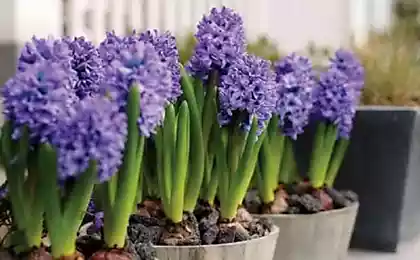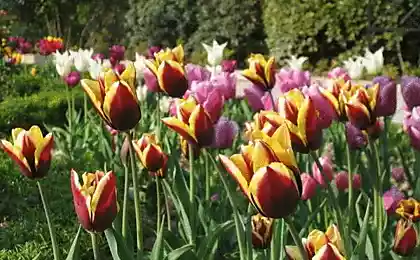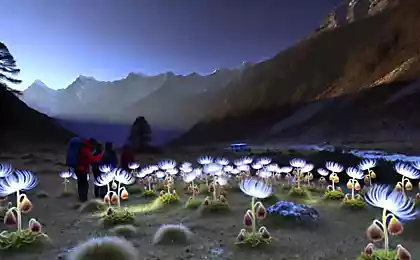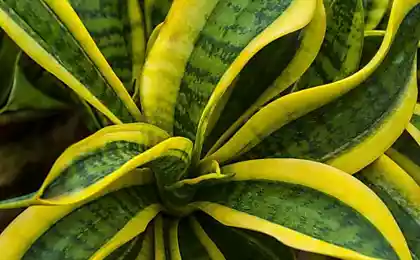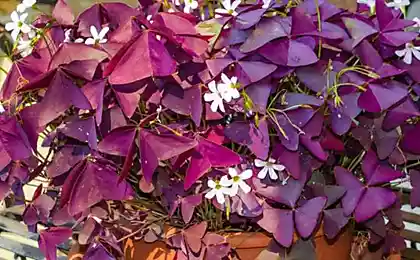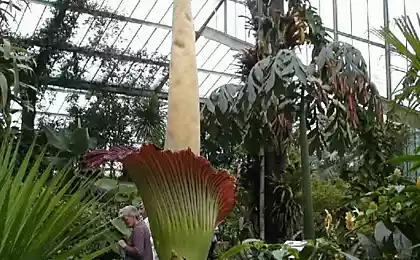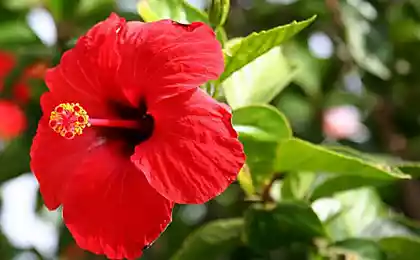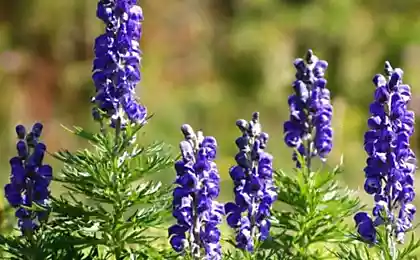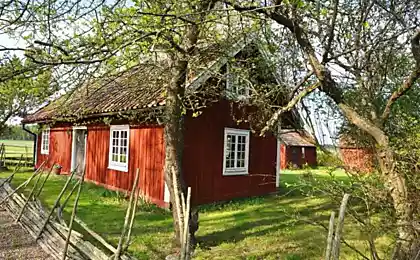759
Russian scientists have grown 30-thousand-flower

The plant Silene stenophylla, grew and bloomed small white flowers.
"It's amazing," - said biologist Jane Shen-Miller of the University of California, Los Angeles. "These tissues were viable after 30 000 years. It's very, very interesting ».
Shen-Miller previously conducted experiments in which seeds germinated and grew in 1300-year-old lotus from northern China. Another group of researchers in 2005 managed to germinate 2000 years of the date palm seeds from Israel.
In the current study, published in the journal Proceedings of the National Academy of Sciences, scientists from the Russian Academy of Sciences has not germinated seeds directly, they took immature fruit tissue and cultured them in a nutrient-rich ground. The cells of this fruit has the ability to transform into all parts of the plant, which they did and turned into seedlings, which the researchers then transplanted in ordinary soil.
Materials fetuses discovered in a hole animals frozen in the permafrost on the banks of the Kolyma River in northeastern Siberia. Small creatures like the arctic ground squirrel, kept tens of thousands of seeds and fruits in these burrows. Age tissue revived fruit is between 28,000 and 32,000 years old.
"This plant has a lot of built-in mechanisms for survival in the harsh conditions", - said Shen-Miller. Most seeds die within a few years, she said. But a few plant species, including the 1300-year-old lotus and S. stenophylla have built-in mechanisms to preserve or restore the DNA.
The amazing longevity of these species makes them a good target for study and research opportunities to strengthen our own repair DNA and prevent cancer, according to Shen-Miller. Their genetics can also be useful if you bestow its modern culture, since modern seeds quickly lose its nutrients and ability to grow.

